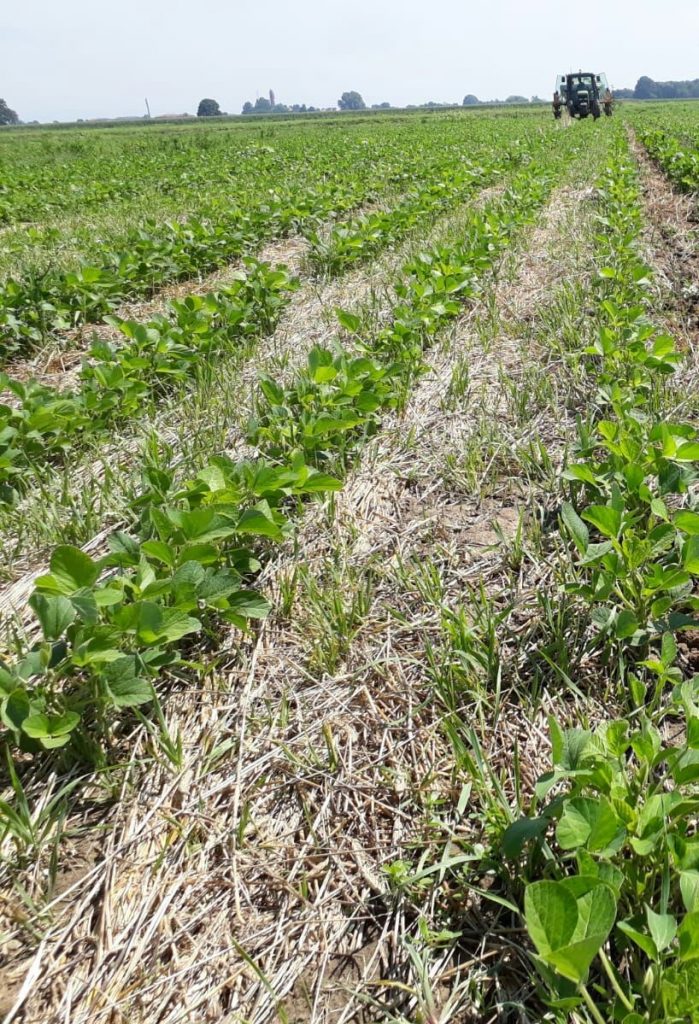CONSERVATION AGRICULTURE CONTRIBUTES TO CARBON SEQUESTRATION IN AGRICULTURAL SOILS
In the LIFE HelpSoil project, we estimated the effect of conservation agricultural techniques in comparison with conventional techniques on soil organic carbon content (SOC), SOC stock, crop yield, soil microbiota activity, biodiversity of micro-arthropods, and the number of earthworms in a three-year experiment on 20 farms in the Po valley (Northern Italy). The conservation agricultural techniques consisted in sod seeding or minimum tillage, in combination with the cultivation of cover crops in the winter period. Compared to conventional agriculture, conservation agriculture resulted in a significant increase in the concentration and stock of SOC, biological fertility, biodiversity of soil micro-arthropods and the number of earthworms. Maize and soybean grain production was generally 20% lower in fields cultivated with conservation techniques; conversely, winter wheat yielded approximately 15% less in the fields under conventional practices. Fuel consumption was lower with conservation practices, while the overall cost of weeding operations did not differ significantly between the two techniques. The overall result of the analysis was that the adoption of conservation agriculture practices is a viable solution in farms to enhance soil fertility, although it is still necessary to acquire further skills to improve technical aspects and increase productivity.

REFERENCE
Perego, A., Rocca, A., Cattivelli, V., Tabaglio, V., Fiorini, A., Barbieri, S., Schillaci, C., Chiodini, M.E., Brenna, S., Acutis, M., 2019. Agro-environmental aspects of conservation agriculture compared to conventional systems: A 3-year experience on 20 farms in the Po valley (Northern Italy). Agric. Syst. 168, 73-87. DOI: 10.1016/j.agsy.2018.10.008.

